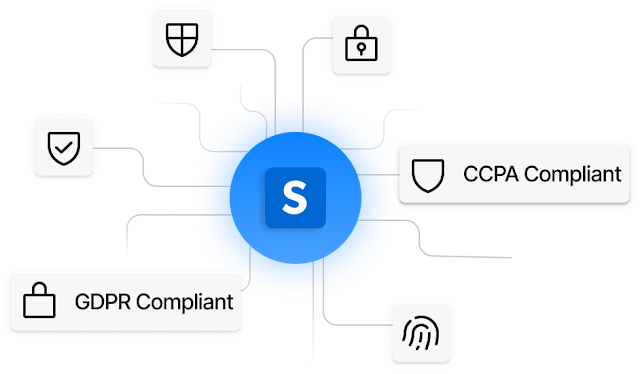Unlocking the Power of LinkedIn Data: A Guide to Efficient Data Scraping
In today's data-driven world, businesses need access to vast amounts of information to stay competitive. LinkedIn, the world's largest professional network, is a goldmine of valuable data. From individual profiles to comprehensive company information, LinkedIn holds the key to countless opportunities for businesses, recruiters, and marketers. However, manually extracting this data is both time-consuming and inefficient. LinkedIn data scraping is a technique that is used in this context.
What is LinkedIn Data Scraping?
It is the process of using automated tools to extract information from LinkedIn profiles and company pages. This method allows users to gather data on a large scale, far beyond what manual extraction could achieve. By utilizing a LinkedIn data scraper, businesses can efficiently collect data on potential hires, industry trends, competitive analysis, and more.

Benefits of LinkedIn Data Scraping
1. Efficiency and Speed: Automated data scraping tools can process large volumes of data in a fraction of the time it would take to do manually. This enables businesses to quickly gather and analyze information.
2. Accuracy and Consistency: With automated scraping, the risk of human error is significantly reduced. Data is collected consistently, ensuring that the information is accurate and reliable.
3. Scalability:They tools are designed to handle large data sets, making it easy to scale up your data collection efforts as needed.
4. Cost-Effective: By automating the data collection process, businesses can save on labor costs and allocate resources more efficiently.
Applications of LinkedIn Data Scraping
They can be applied in various ways across different industries:
· Recruitment: Recruiters can use scraped data to identify potential candidates, assess their qualifications, and streamline the hiring process.
· Sales and Marketing: Sales teams can gather data on potential leads, understand their needs, and tailor their outreach efforts accordingly.
· Market Research: Companies can analyze industry trends, monitor competitors, and gain insights into market dynamics.
· Academic Research: Researchers can access a wealth of professional data to support their studies and analyses.
Legal and Ethical Considerations
Their offers numerous benefits, it's important to consider the legal and ethical implications. LinkedIn's terms of service prohibit unauthorized scraping, and violating these terms can result in account suspension or legal action. It's crucial to use data scraping tools that comply with LinkedIn's guidelines and respect user privacy.
Choosing the Right LinkedIn Data Scraper
Selecting the right tool for LinkedIn data scraping is essential for maximizing efficiency and ensuring compliance. Here are some factors to consider:
· Ease of Use: The tool should have a user-friendly interface that simplifies the data scraping process.
· Customization: Look for tools that allow you to customize the data fields you want to scrape.
· Data Quality: Ensure that the scraper provides accurate and up-to-date information.
· Support and Updates: Choose a tool that offers reliable customer support and regular updates to adapt to LinkedIn's changes.
Conclusion
LinkedIn data scraping is a powerful technique for unlocking the wealth of information available on the platform. By using a reliable LinkedIn data scraper, businesses can efficiently gather valuable data to support their recruitment, marketing, and research efforts. However, it's essential to use these tools responsibly and in accordance with LinkedIn's terms of service.
For those looking for a streamlined solution, Scrapin.io offers a comprehensive LinkedIn scraper API designed for real-time data scraping of profiles and company information at scale. By leveraging such advanced tools, businesses can stay ahead in the competitive landscape and make data-driven decisions with confidence.



Comments
Post a Comment